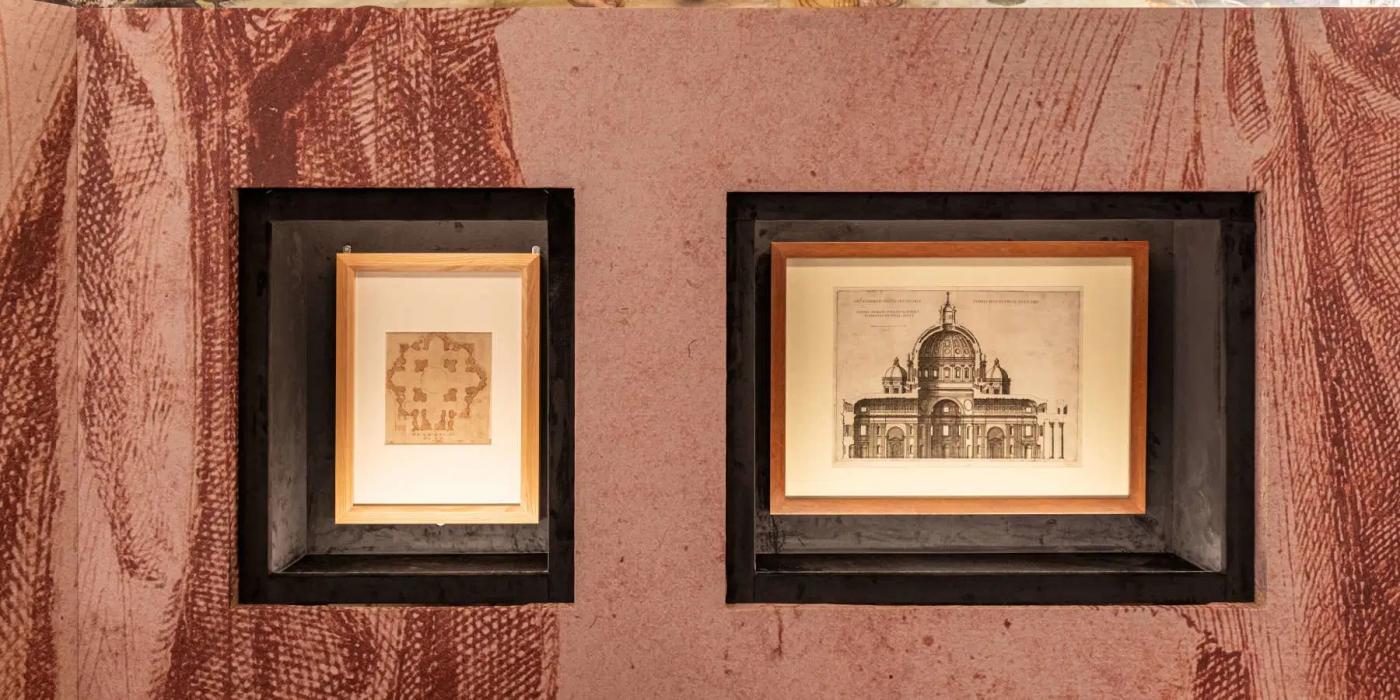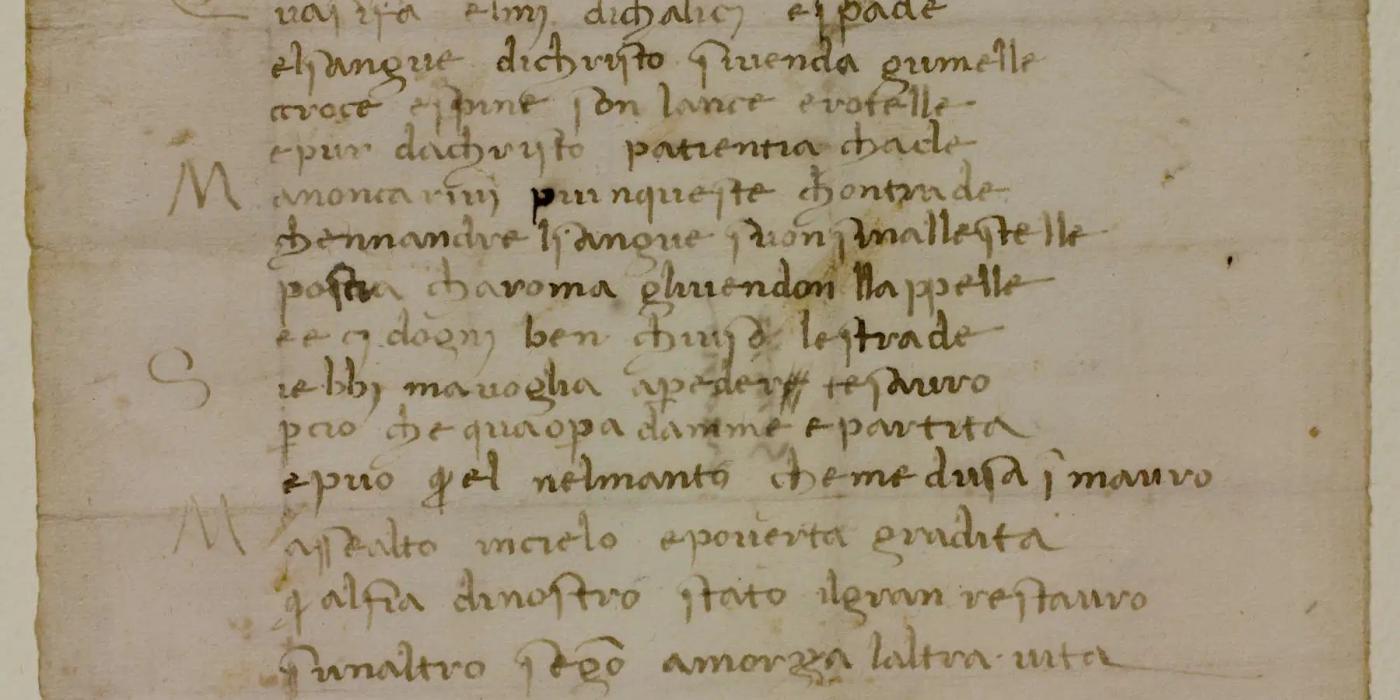Michelangelo and Power
Theme of the exhibition is the relationship between Michelangelo Buonarroti and power, a central theme in the artist's life and work.
Unfolding across the Sala delle Udienze and the Sala dei Gigli, on the second floor of Palazzo Vecchio, are on display more than 50 works, made up of sculptures, paintings, drawings, autographed letters and plaster casts, on loan from prestigious institutions such as the Uffizi Galleries, the Bargello Museums and the Fundación Colección Thyssen-Bornemisza.
One of the masterpieces on display is undoubtedly the bust of Brutus, on loan from the Bargello National Museum. This work is exhibited for the first time at Palazzo Vecchio, a symbolic place of Florentine power. The fact that the work is placed inside the Florentine government building is cloaked in political meaning, making an explicit comparison between Michelangelo’s political thought and Medici power. In fact, the Brutus fits into a historical context in which Florence had been reduced to the absolute control of the Medici, after the siege of 1530 and Michelangelo with his work does not hesitate to take a stand in favor of republican freedom against Medici domination.
Also unique is the selection of portraits on display which allows us to know and explore Michelangelo's network of encounters, confrontations and clashes with power, drawing a sort of constellation of portraits of illustrious men and women, all revolving around the Portrait of artist created by his friend Giuliano Bugiardini, positioned in the center. Here there are the portraits of Girolamo Savonarola and of Pier Soderini attributed to Ridolfo del Ghirlandaio, as well as those of Cosimo I in armor by Agnolo Bronzino, of Vittoria Colonna, of Cardinal Reginald Pole in conversation with Paul III and that of Leo.
Finally, also very suggestive is the area dedicated to plaster casts of some of Michelangelo’s most well-known works.
Unfolding across the Sala delle Udienze and the Sala dei Gigli, on the second floor of Palazzo Vecchio, are on display more than 50 works, made up of sculptures, paintings, drawings, autographed letters and plaster casts, on loan from prestigious institutions such as the Uffizi Galleries, the Bargello Museums and the Fundación Colección Thyssen-Bornemisza.
One of the masterpieces on display is undoubtedly the bust of Brutus, on loan from the Bargello National Museum. This work is exhibited for the first time at Palazzo Vecchio, a symbolic place of Florentine power. The fact that the work is placed inside the Florentine government building is cloaked in political meaning, making an explicit comparison between Michelangelo’s political thought and Medici power. In fact, the Brutus fits into a historical context in which Florence had been reduced to the absolute control of the Medici, after the siege of 1530 and Michelangelo with his work does not hesitate to take a stand in favor of republican freedom against Medici domination.
Also unique is the selection of portraits on display which allows us to know and explore Michelangelo's network of encounters, confrontations and clashes with power, drawing a sort of constellation of portraits of illustrious men and women, all revolving around the Portrait of artist created by his friend Giuliano Bugiardini, positioned in the center. Here there are the portraits of Girolamo Savonarola and of Pier Soderini attributed to Ridolfo del Ghirlandaio, as well as those of Cosimo I in armor by Agnolo Bronzino, of Vittoria Colonna, of Cardinal Reginald Pole in conversation with Paul III and that of Leo.
Finally, also very suggestive is the area dedicated to plaster casts of some of Michelangelo’s most well-known works.
Information:
Hinweise für den Zutritt:
Direkter Einlass über den Kartenschalter und Einfügung in das erste verfügbare Zeitfenster für den Besuch.
Der letzte Eintritt ist eine Stunde vor Schließung.
Photo gallery


